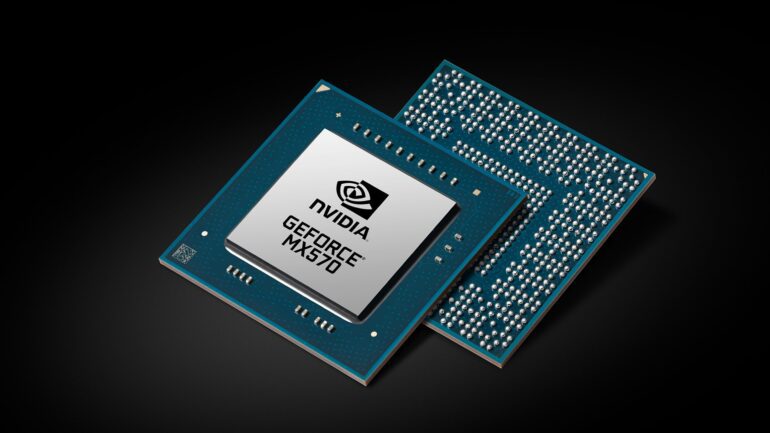TL;DR:
- Demand for AI chips is skyrocketing due to the increasing relevance of artificial intelligence.
- Nvidia currently controls around 75% of the AI chip sector, but competition is rising.
- Low-power chips for edge AI applications are gaining traction, allowing smaller manufacturers to enter the market.
- Nvidia’s H100 chip remains highly sought-after, but few manufacturers can meet the current demand.
- Nvidia’s comprehensive approach and full-stack computing give them an edge over competitors.
- The AI chip market is projected to reach $60 billion by 2027.
- Producing necessary chips will be a top priority for the industry in the coming years.
Main AI News:
The exponential growth of artificial intelligence (AI) has fueled an unprecedented demand for AI chips, propelling chip companies into a race to meet the needs of both high-end and midrange hardware. While OpenAI’s ChatGPT has garnered global attention, it has also contributed to the surge in demand for AI chips, signaling a new era in artificial intelligence technologies.
Currently, Nvidia reigns supreme in the AI chip sector, commanding a staggering 75% market share, according to industry analysts. This dominance is the culmination of decades of preparation, research, and experience. However, rival players in the chip industry are now striving to catch up and secure their share of the burgeoning AI semiconductor market. Analysts predict that the total AI chip market could reach an astounding $60 billion as early as 2027.
Despite the intensifying competition, the question remains: Can anyone challenge Nvidia’s reign? One glimmer of hope lies in the growing demand for low-power chips tailored to AI applications that do not require the sheer power of high-end GPUs currently dominating the market.
AI at the Edge: Rethinking Chip Requirements
While AI typically demands powerful chips, not all artificial intelligence algorithms are created equal. Many AI applications do not necessitate top-of-the-line silicon to operate effectively. While complex applications like ChatGPT and Google’s Bard require substantial processing power, companies worldwide are exploring AI in diverse ways.
For numerous applications, high-end GPUs are unnecessary. Thanks to neural processing unit (NPU) technology, many AI applications can run on more affordable chips. This balance between performance and cost-effectiveness is undeniably compelling.
Industry experts reveal that edge AI chips currently require performance levels akin to mid- to high-end smartphones. Consequently, while other manufacturers may struggle to match Nvidia’s chip design and manufacturing prowess, such parity may not be essential in the future.
In fact, tangible progress is already evident, with STMicroelectronics recently unveiling its first microcontroller featuring built-in NPUs for edge AI-based systems. Additionally, Chinese smartphone maker Oppo, despite shutting down its chip design unit, has ventured into producing its own NPU-enabled chips, utilizing cutting-edge 6nm technology from TSMC.
As the demand for edge AI chips continues to soar, these innovations will empower smaller manufacturers to not only compete but also thrive. Given the myriad use cases of edge AI, the market offers ample opportunities for all players. Consequently, industry experts keenly observe the efforts of major design houses such as MediaTek, Novatek, and Realtek, among others, as they ramp up their AI chip endeavors. These developments will undoubtedly shape the industry in the months to come.
Sustaining Dominance: Nvidia’s Strategy
Despite the rise of NPUs and the emergence of low-power AI applications, Nvidia’s dominance remains unchallenged. The company’s H100 chip is currently one of the most sought-after in the market, commanding exorbitant prices of $45,000 per unit on the secondary market.
Given the limited time available to respond to the surging demand, few manufacturers possess the necessary capabilities. However, Nvidia has been meticulously planning to position itself as the go-to provider of AI infrastructure and tools, akin to the “picks and shovels sellers” of the AI gold rush.
A recent report from Bank of America underscores Nvidia’s comprehensive approach, stating, “Success in AI necessitates full-stack computing and scale/experience across silicon, software, application libraries, developers, plus enterprise and public cloud incumbency.” In contrast, the report characterizes competitors’ efforts as “piecemeal silicon-only solutions.”
Ultimately, Nvidia stands at the forefront of the AI market. If the industry giant can meet the demand not only for top-of-the-line chips but also for affordable midrange silicon, it will be an arduous task for any contender to catch up. Nevertheless, formidable rivals such as AMD and Intel are making earnest attempts to bridge the gap. Considering the massive scale and potential growth of the AI sector, producing the requisite chips will undoubtedly be a paramount priority across the industry in the coming years.
Conclusion:
Nvidia’s dominance in the AI chip market is facing challenges as competitors strive to catch up and claim their share. While low-power chips for edge AI applications create opportunities for smaller players, Nvidia’s comprehensive approach and strong market position give them a significant advantage. Meeting the increasing demand for AI chips, both high-end and affordable, will be crucial for sustaining leadership in the market. The projected growth of the AI chip market underscores the importance of strategic planning and innovation for all stakeholders in the industry.

